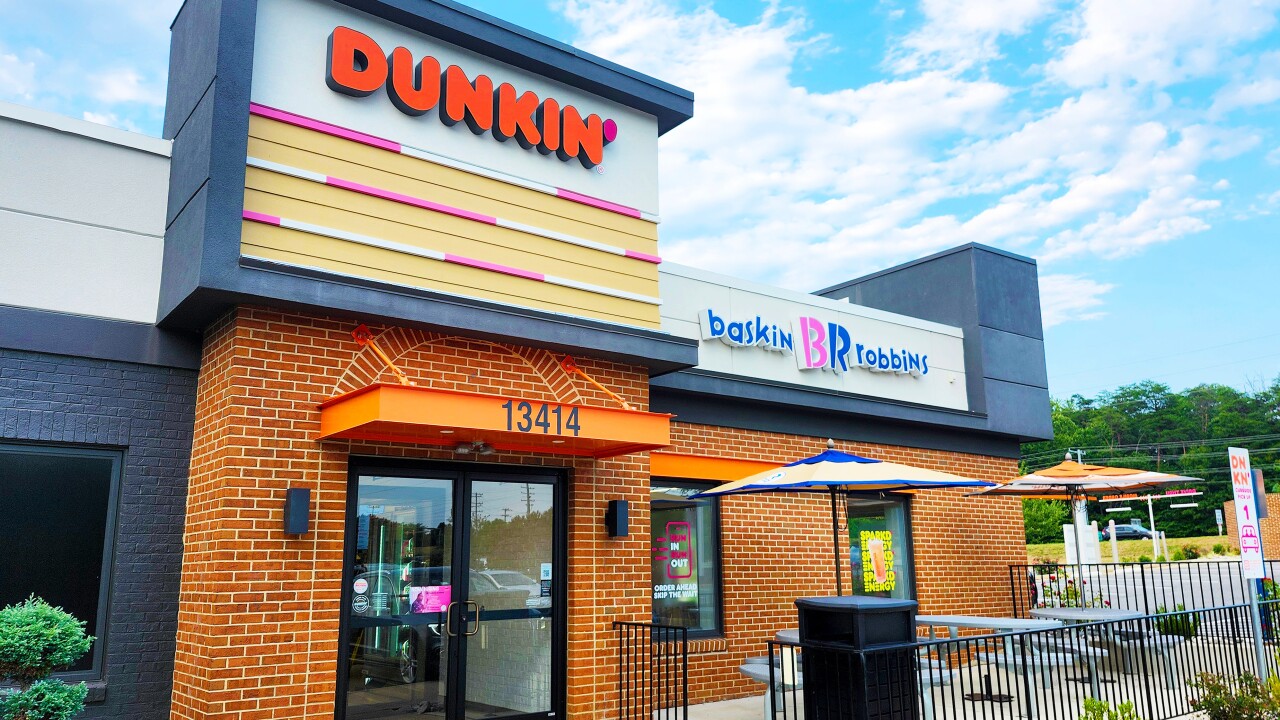While states across the southeast and northeast U.S. continue to assess damages from Hurricane Ida, analysts agree the vast majority of commercial mortgage-backed securities linked to collateral in the path of the storm are positioned to withstand any potential losses without incurring delinquencies.
“Approximately $4 billion, or 1%, of loans in U.S. CMBS we rate, are secured by properties in Louisiana and Mississippi counties impacted by Hurricane Ida,” said Matthew Halpern, a vice president and senior credit officer at Moody’s Investors Service. “While collateral performance may be affected by either property-specific, or surrounding area damage, hurricanes have historically resulted in minimal delinquencies in CMBS due to mitigating factors, including geographic diversity, property-level insurance coverage and structural features such as master servicer advancing of debt service payments.”
Moody’s analysts reviewed the exposures to loans backed by properties in CMBS transactions in areas of Louisiana and Mississippi to which FEMA has assigned a Disaster Declaration from Hurricane Ida, including both public and individual assistance, he explained. Moody’s-rated US RMBS transactions located in the FEMA-declared disaster areas include Port Fourchon, Louisiana near which Hurricane Ida made landfall.
“Concentration of loans located in FEMA-declared disaster areas in Ida’s wake range from 0% to 12%,” said Joseph DiMiceli a vice president and senior analyst at Moody’s. “Property damage from high winds, flooding and storm surges will likely result in a temporary increase in delinquencies for the related deals, mitigated by insurance coverage and servicers’ proactive disaster management.”
Making landfall
The storm hit the Gulf Coast the hardest. By Sept. 2, roughly 1 million Louisiana residents, including all of New Orleans and more than 133,000 customers in Mississippi, remained without power, according to poweroutage.us. Another 80,000 people lost power in Pennsylvania and over 49,000 in New Jersey.
Moody’s currently rates five Utility Cost Recovery Charge (UCRC) transactions that amount to $255 million, backed by revenues stemming from one of Louisiana’s hardest hit areas. One of the transactions has direct exposure to New Orleans, where approximately 80% of customers have been without power for days, according to Inga Smolyar, a vice president and senior credit officer at Moody’s.
“Although Hurricane Ida is negative for Entergy Louisiana and Entergy New Orleans, the utility companies that collect transaction recovery charges, any revenue shortfalls to the UCRC deals likely will be short lived, as deal reserve funds and the true-up mechanism will support the credits through final maturity of the bonds,” said Smolyar.
A history of resilience
Historically, hurricanes have not caused significant upticks in direct, material impacts for bondholders, said Gwen Roush, a senior vice president in the CMBS Group at DBRS Morningstar, because “the insurance in place and/or state and federal aid available to borrowers,” helped repair and stabilize damaged properties. There may be exceptions where servicers have to provide relief to significantly impacted borrowers, as was the case with a few Texas properties impacted by Hurricane Harvey in 2017, she recalled.
It would take time for any storm-related property damage to affect CMBS noteholders, agreed Jim Digney, a senior director at S&P Global Ratings.
Ida inundated homes, commercial buildings and highways. In New York City and Philadelphia, it also disrupted rail services. Yet CMBS loans have robust property insurance provisions in place that should largely protect individual borrowers and other stakeholders, Digney said.
A one-two punch?
Combined with Ida, other current events have the potential to impact multifamily CMBS deals negatively. An earlier Fitch Ratings report advised, the end of the Centers for Disease Control and Prevention eviction moratorium, and the expiration of federal supplemental unemployment benefits in September may cause “some level of occupancy volatility” driven by potential low-income household, rental delinquencies.
Analysts also noted that multifamily property-level net operating income for Fitch-rated conduit and Freddie Mac loans “saw an overall positive growth rate of 1.4% in 2020,” revised some previously assigned Negative Outlooks to Stable, and “removed additional coronavirus stresses for CMBS multifamily loans.”






